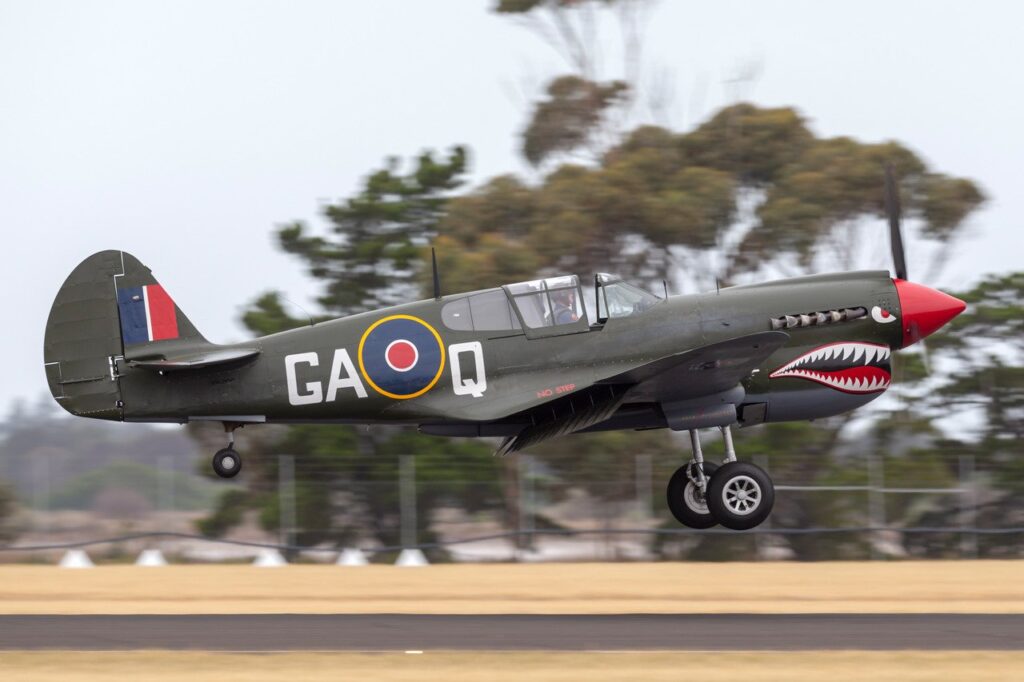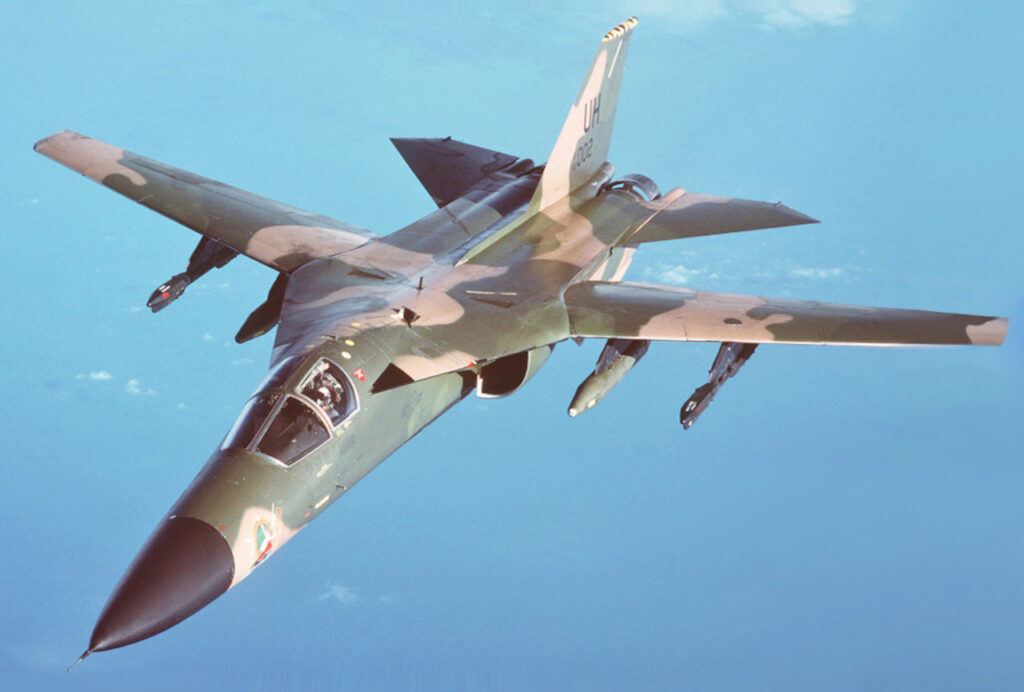
India vs. Pakistan: Who Would Win in a War? (Nobody)
Here’s What You Need To Remember: Outnumbered and under-equipped, the Pakistani army believes it is in a position to launch small local offensives from the outset, before the Indian army can reach its jumping-off points, to occupy favorable terrain. Still, the disparity in forces means the Pakistanis cannot hope to launch a major, war-winning offensive and terminate a ground war on their own terms. As a result, the Pakistani army is increasingly relying on tactical nuclear weapons to aid their conventional forces.
The Indian subcontinent is home to two of the largest armies on Earth. Not only are the armies of India and Pakistan both larger in personnel than the U.S. Army, but they have stood at alert facing one another since the dissolution of the British Indian Army in 1947. The two armies have clashed four times in the past seventy years, and may yet do so again in the future.
The Indian army is the primary land force of the Indian armed forces. The army numbers 1.2 million active duty personnel and 990,000 reservists, for a total force strength of 2.1 million. The army’s primary tasks are guarding the borders with Pakistan and China and domestic security—particularly in Kashmir and the Northeast. The army is also a frequent contributor to United Nations peacekeeping missions abroad.
The army is structured into fourteen army corps, which are further made up of forty infantry, armored, mountain and RAPID (mechanized infantry) divisions. There is approximately one separate artillery brigade per corps, five separate armored brigades, seven infantry brigades and five brigade-sized air defense formations.
Infantry and mountain divisions are mostly assigned to the mountainous North and Northeast regions, where manpower intensive counterinsurgency and mountain warfare forces are important, while infantry, RAPID, and armored formations sit on the border opposite Pakistan. Perhaps unusually the Indian army has only one airborne unit, the Parachute Regiment, which is actually an umbrella headquarters for army airborne and special forces. The Parachute Regiment controls seven special-forces battalions and three airborne brigades.
The army is equipped from a number of sources, primarily Russia and a growing domestic arms industry, with increasing amounts of Israeli and American weaponry. More than 4,000 tanks equip the country’s ninety-seven armored regiments (the equivalent of American battalions), including 2,400 older T-72 tanks, 1,600 T-90 tanks, and approximately 360 Arjun Mk.1 and Mk.2 tanks. Complementing the T-72/90 tanks in armored and mechanized infantry formations are BMP-2 mechanized infantry combat vehicles.
Most of the Indian Army’s 4,000 artillery pieces are from Russia, including newer 300-millimeter Smerch multiple launch rocket systems, but the country appears to be turning away from Russian field artillery towards American towed M777 and South Korean K-9 Thunder self-propelled howitzers. A new howitzer, the Dhanush, appears close to widespread adoption. Air defense artillery, on the other hand, is dominated by Russian equipment, from battlefield Tunguska self-propelled anti-aircraft guns to S-400 “Triumf” high-altitude air-defense missiles.
The Pakistani army numbers 650,000 active duty personnel and five hundred thousand reserves, for a total strength of 1.15 million. Although Pakistan resides in what most would consider a rough neighborhood, it is on relatively good terms with neighbors China and Iran. As a result, the army’s primary missions are domestic security operations against the Pakistani Taliban and facing off against the Indian army. Like India, Pakistan is a major contributor of forces to United Nations peacekeeping missions.
The Pakistani army consists of twenty-six combat divisions falling under the control of nine army corps. Most divisions are infantry divisions, with only two armored and two mechanized infantry divisions. Each corps also controls an average of one armored, one infantry and one artillery brigade each. Not only is the Pakistani army smaller than the Indian army, but it features fewer offensive forces capable of attacking India head-on. Special operations forces are concentrated under the control of the Special Services Group, which controls eight commando battalions.
The army’s equipment is mostly Pakistani and Chinese, with Turkish and American armaments in key areas. The country has fewer than seven hundred frontline tanks, including the Khalid and the T-80UD, with another one thousand modernized versions of the 1970s-era Chinese Type 59. Pakistan lacks a modern infantry fighting vehicle, relying on more than two thousand upgraded M113 tracked armored personnel carriers.
Pakistan has nearly two thousand artillery pieces, primarily Chinese and American, but they are older models with little in terms of acquisitions in sight. Standouts among these are roughly 250 M109A5 155-millimeter self-propelled howitzers and two hundred A-100E 300-millimeter multiple launch rocket systems—similar to India’s Smerch. One standout category where Pakistani weapons outmatch Indian ones is the area of attack helicopters, where the country fields fifty-one older AH-1S Cobra attack helicopters with another fifteen AH-1Z Vipers on order.
If the two countries went to war, a major clash between the two armies would be inevitable. Outnumbered and under-equipped, the Pakistani army believes it is in a position to launch small local offensives from the outset, before the Indian army can reach its jumping-off points, to occupy favorable terrain. Still, the disparity in forces means the Pakistanis cannot hope to launch a major, war-winning offensive and terminate a ground war on their own terms. As a result, the Pakistani army is increasingly relying on tactical nuclear weapons to aid their conventional forces.
For its part, the Indian army plans to immediately take the offensive under a doctrine called “Cold Start.” Cold Start envisions rapid mobilization followed by a major offensive into Pakistan before the country can respond with tactical nuclear weapons. Such an offensive—and Pakistan’s likely conventional defeat—could make the use of tactical nuclear weapons all the more likely.
The adversarial relationship between India and Pakistan makes the Indian subcontinent one of the most dangerous places on Earth. The disparity in forces, war plans on both sides, and the presence of tactical nuclear weapons makes a regional nuclear war—even a limited one—a real possibility.
Kyle Mizokami is a defense and national-security writer based in San Francisco who has appeared in the Diplomat, Foreign Policy, War is Boring and the Daily Beast. In 2009 he cofounded the defense and security blog Japan Security Watch. You can follow him on Twitter: @KyleMizokami. This first appeared in 2017.
Image: Reuters


